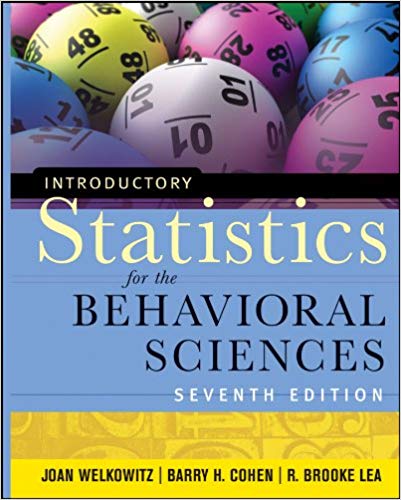Question
To determine if a coin is fair, it is flipped 50 times and the number of heads is recorded. If the number of heads is
To determine if a coin is fair, it is flipped 50 times and the number of heads is recorded. If the number of heads is within 5 of the expected number of heads (25) then the coin is judged to be fair. that is a coin is judged to be fair if the number of heads in 50 flips is at least 20 and at most 30.
A) Suppose that the coin is actually fair so that it will land on heads 50% of the time in the long run. What is the probability that it will mistakenly be declared "not fair" according to this criterion?
B) Suppose that you changed the criterion so that a coin is judged to be fair if the number of heads in 50 flips is within k of the expected number of heads. If you wanted to reduce the probability of the error described in part (a) to less than 1% what is the smallest value k you can use? justify
c) Suppose that a different coin is biased so that it will land on heads 60% of the time. What is the probability that it will mistakenly be declared "fair" according to the original criterion?
D) How would the probability in part (C) change if the coin will land on heads 70% of the time? explain why this makes sense.
Step by Step Solution
3.38 Rating (154 Votes )
There are 3 Steps involved in it
Step: 1

Get Instant Access to Expert-Tailored Solutions
See step-by-step solutions with expert insights and AI powered tools for academic success
Step: 2

Step: 3

Ace Your Homework with AI
Get the answers you need in no time with our AI-driven, step-by-step assistance
Get Started


